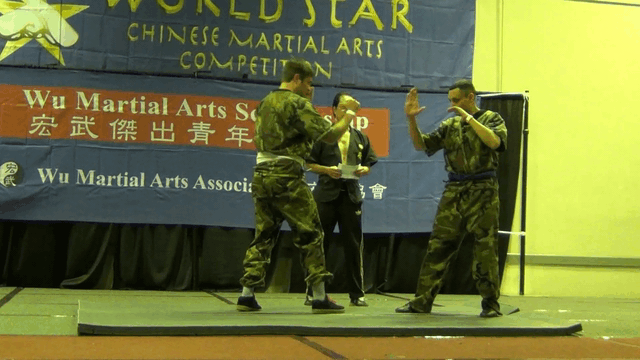I think perhaps “base level” was an unfortunate choice of term, but I’ll share my take on it.
It seems to me that people often want to focus on effective use of something (in this case the wrist locks and joint manipulation) as quickly as possible, as opposed to taking the long view of developing the technique to its highest possible level before relying on something like a punch or kick to facilitate its use, which could be seen as a crutch. Destroying a joint with this type of technique is not difficult and does not take a high level of skill or precision, especially when using strikes to set it up. However, a more refined skill with such techniques gives greater choice in either controlling OR destroying the joint, and doing so with little effort. But the latter takes longer and requires a willingness to put off until later that immediate gratification of being able to “use” the technique in a fight, for the possibility of a greater payoff farther down the road.
In my brief tenure in aikido, it seems to me that the approach of aikido (in many cases) is to take the long view. It does not reject or oppose the use of strikes to set up the technique; in fact my sensei talks about it a lot. But in the practice, our focus is on developing a deep understanding of those locks and the subtle body mechanics and breaking down of the opponent’s structure that it takes in order for those techniques to function with a minimum of effort, without relying on a strike as a short-cut. We train with that idea in mind, which does mean that there is cooperation from Uke. If you develop the techniques and the subtle understandings to be able to do this, then in the chaos of combat, you are starting from a higher level and you have more elbow room to get functionality when the technique breaks down in that chaos (as all techniques almost inevitably do).
When you are faced with a situation where you need to actually destroy a joint and really ruin a person’s month, you can do that with great efficiency, and the use of some striking to set it up is embraced to meet that need. That is a difference between training and combat: in the former we need to protect our training partners when repeatedly working techniques that can injure in an instant if done carelessly; in the latter we want to strongly control or even destroy that joint, and that can be done with less precision and less control.


